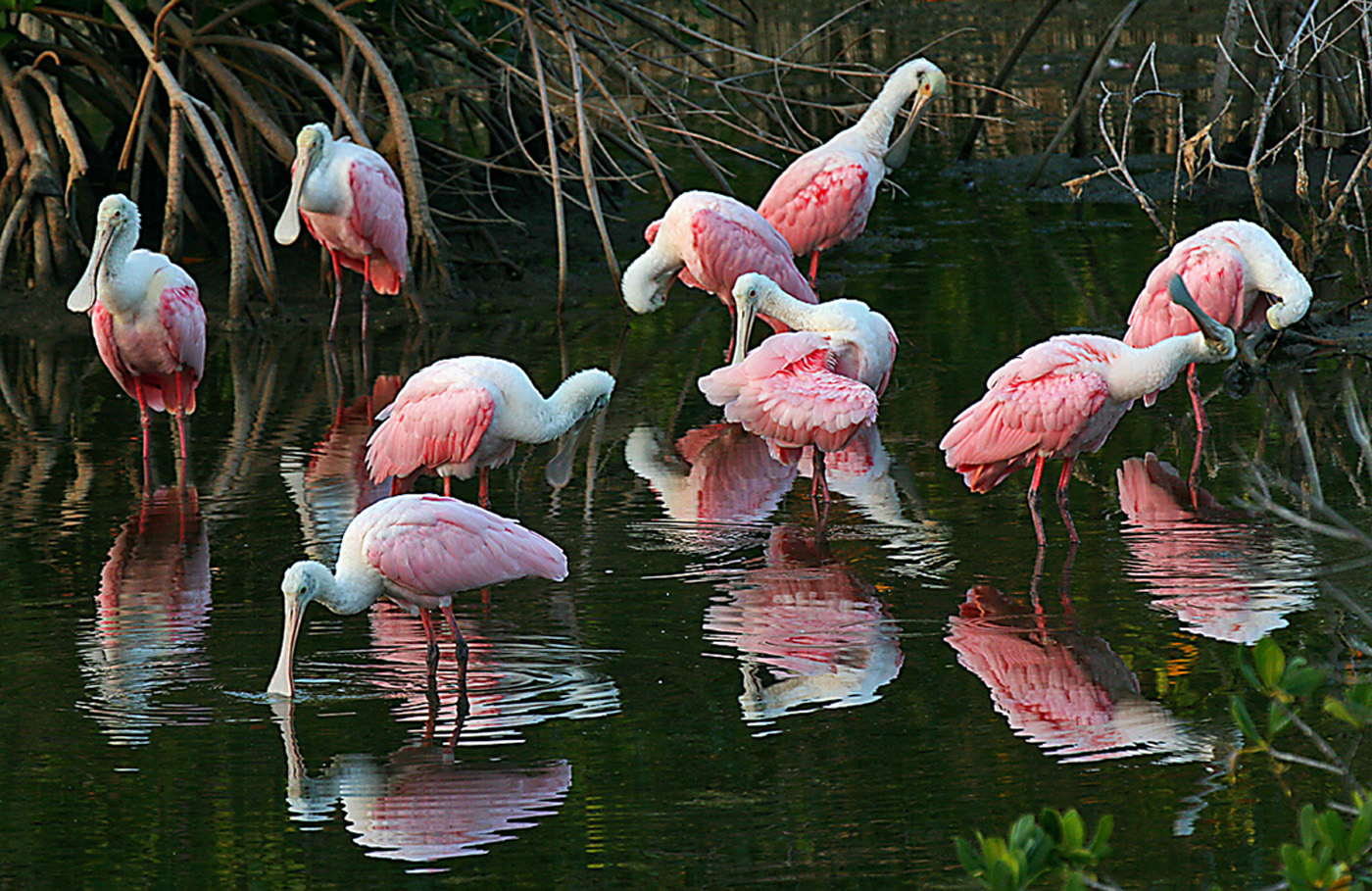beautress
Always Faithful
Oh, silly me, Pogo! I thought you were talking about a Brown creeper from Virginia. My bad! I actually saw several brown creepers when we lived in Wyoming, they are hilarious. First they climb up to a certain height, then do this strange twist and contort dance going every which way going down the trunk. They're such clowns! I don't know why I got them confused with a plant. 
Last edited:

 I just think they're so funny. The ones in Wyoming never failed to amuse.
I just think they're so funny. The ones in Wyoming never failed to amuse.





